Memories of Mindanao, Part 3
By Conrad J. Benedicto
After Sibutu, we went onward to Sitangkai. The captain of the boat made us all stay inside the cabin for fear of the rough seas jostling us overboard if we sat on the rooftop. This leg didn’t seem that bad though, despite Alleluia’s warning that it would be “serious stuff.” The vice-mayor of Sibutu did mention the clashing of winds and currents during this time of year and commended us for our adventurous spirit. Perhaps we were just lucky that afternoon.
The municipality of Sitangkai promotes itself as “the Venice of the South” and indeed the settlement is a maze of canals and upraised paths above to the tides. Arching bridges crisscross the main waterways, which are lined with shops of all kinds. Observe the architecture, the faces of the adults busily buying and selling wares from boats or storefronts, or the children helping with chores or playing in the water, and you realize Sitangkai is connected to a long standing trading network, culturally and genetically interconnected with this region of the world.
“The long arms of the industrial system that we live in as Americans, that affords us much, reaches all the way here and so the people find themselves with all kinds of things. Mostly disposable plastic things.”
The diversity, richness, and long legacy of Sitangkai is indisputable, but it would be inaccurate to paint it as a rich trading port. The children splashing about in the canals or running in and out of alleyways, playing with their plastic toys and looking at us American Pilipinos with those bewildered yet knowing eyes are near cousins to the ones selling sampaguita necklaces in the impoverished streets of Manila. Sitangkai has long been connected but it currently occupies a disadvantaged position within today’s global market. The long arms of the industrial system that we live in as Americans, that affords us much, reaches all the way here and so the people find themselves with all kinds of things. Mostly disposable plastic things. 90% of all the disappointing and disturbing garbage floating through the canals and coating the sea shores was not produced here. It is literally our garbage, not theirs. Sitangkai is connected to an industrial world that generates mountains of commodities, but the means to dispose of them does not exist here. So when the people are done with these things, there is no answer for what to do except what has always been done: let the sea take it.
I don’t think for one second that any of us could do better, or that no one here is actively trying to tackle the mounting refuse accumulation. In fact, Raffy informed me of the many educational programs and municipal policies Sitangkai has implemented to address this problem. There is community engagement about it, and we can be allies in the process instead of judgemental foreigners.
Also, anyone who scoffs at the municipal government’s self description as the “Venice of the South” at the sight of third world conditions is simply blinded by first world chauvinism. Sitangkai is in fact a tiny Venice in the Celebes Sea when one considers the deepness and meaning of its precious and enduring traditional arts.
Conrad J. Benedicto
A teacher, author, and kulintang musician who studied with Master Danongan Kalanduyan from 1997 to 2016. He was Master Kalanduyan’s apprentice within the Alliance for California Traditional Arts’ Apprenticeship Program in 2007 and again in 2013. He founded and leads the Kulintang band, Kulitang Dialect, and has performed at the Filipino American International Book Fest Gala, Gongster’s Paradise Kulintang Festival, SF Parol Lantern Festival, and more. He has received grants for his music from the San Francisco Arts Commission and Zellerbach Family Foundation. He teaches social studies, environmental education, and kulintang music at Balboa High School in San Francisco.
Publications:
Musalaya’s Gift, Youth Fantasy Novel
The Warriors of Dagad Pass by Bumbakal Saksi, Musalaya’s Gift Graphic Companion Book












